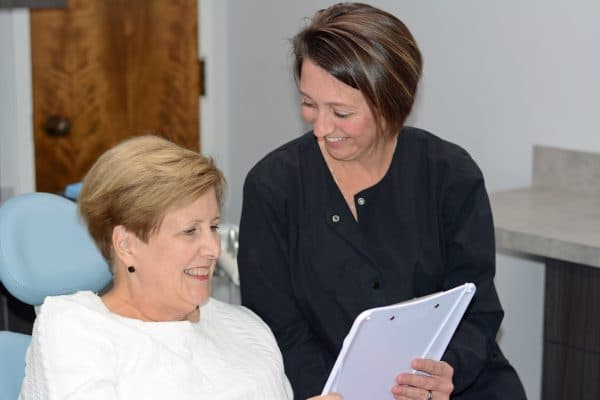What is a Root Canal?
One of the biggest changes in the dental health industry in the last few decades is the collective effort for all the professionals involved to save teeth. Everyone will do everything in their power to keep a natural tooth in your mouth. A root canal chapel hill north carolina procedure is in a sense a compromise in regard to this objective. To begin, we should need to understand the anatomy of a tooth, the reasons behind why you need to consider a root canal, the procedure itself and the benefits.
The Anatomy of a Tooth
All your teeth are a living part of your body. The white part of the tooth you can see in the mirror is called the crown. The balance of the tooth under your gum line is the root. The tough exterior surface of the crown is enamel. The next layer under the enamel is called the dentin. The remainder of the inside of the tooth, or chamber, is filled with soft tissue called pulp. The pulp is full of nerves and blood vessels that both distinguish between hot and cold and feed nutrients to the tooth. Th pulp reaches down the roots in canals. This is the delivery system to feed the tooth.
What goes Wrong to Necessitate a Root Canal?
Something as simple as gritting your teeth while doing something physical call result in a cracked tooth. A minor accident might result in a chipped tooth. A fall down the steps could break a tooth. All of these natural encounters can result in a damaged tooth allowing bacteria to form and create an infection in the soft living tissue of the pulp. Even a deep cavity can reach the pulp and develop into an infection. An infection will immediately then create a pus which will travel down the root and form an abscess on the tip of the root. With a chamber full of nerves this will become quite painful in a short period of time.
The Root Canal Procedure
The first step is to have an x-ray which will confirm the damage to the tooth. Your dentist will explain the situation and get your approval to proceed. A local anesthesia will be administered to numb the tooth. A small hole will be opened to expose the pulp chamber. Using very small tools all the pulp needs to be removed from the chamber and the root, or roots depending on which tooth is receiving the treatment. This pulp removal is called a pulpectomy. Once all of the infected pulp is removed the chamber and the root will be cleaned, enlarged and prepared to insert a substitute material. This rubbery substance is called gutta-percha. After the root and the chamber is filled the hole is sealed. Occasionally the dentist will suggest that this now dead tooth should receive a crown over it.
The Benefits
The compromise is that you have retained your natural tooth but that it is no longer alive. With proper oral hygiene, this tooth can last quite some time, but can become brittle and easily susceptible to fracturing. The root most likely will show some bone loss over time. That intense pain will immediately be gone, a benefit that certainly needs to be acknowledged.
More About Root Canals : How Long Does a Root Canal Take?





High-Quality Dental Care
At Cornerstone Family Dentistry in Chapel Hill, all our services are performed with the patient in mind. We want you to feel comfortable in the dental chair, confident in our work, and most importantly, we want you to fall in love with your smile again. If you would like to schedule an appointment or if you have any questions about cosmetic procedures that we offer, please contact us at (919) 595-1010.
